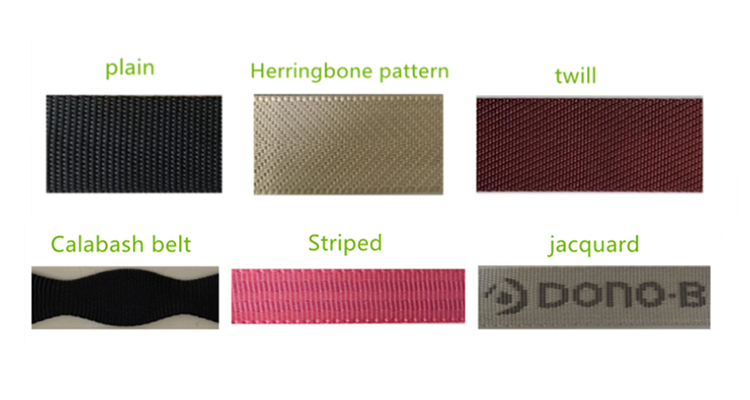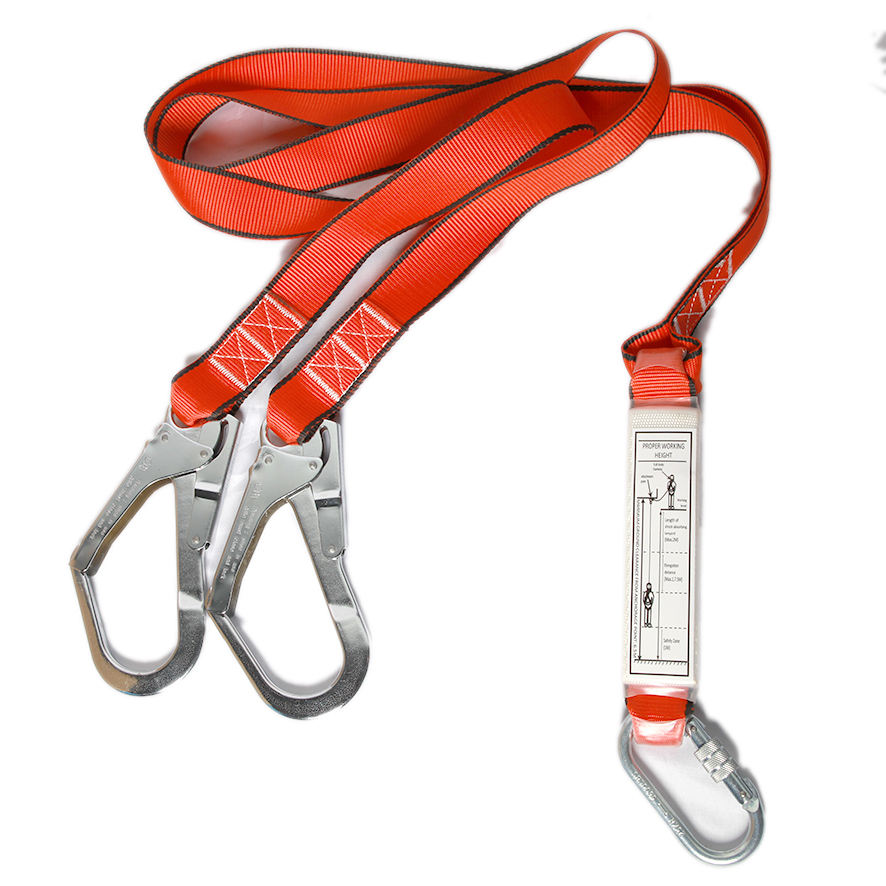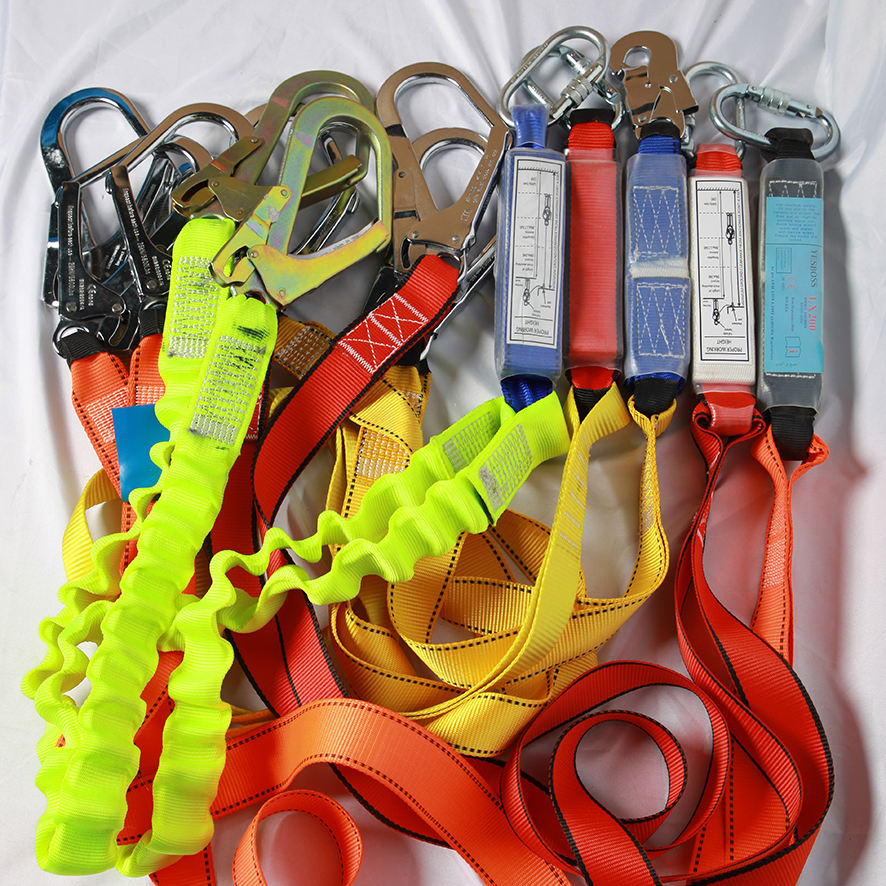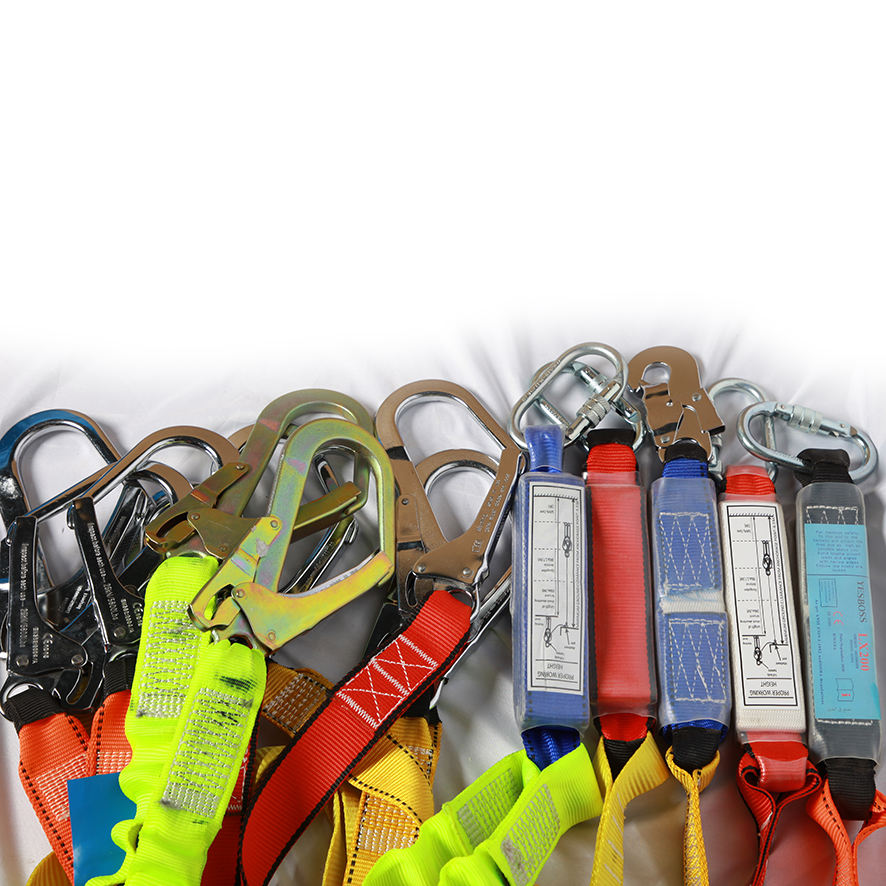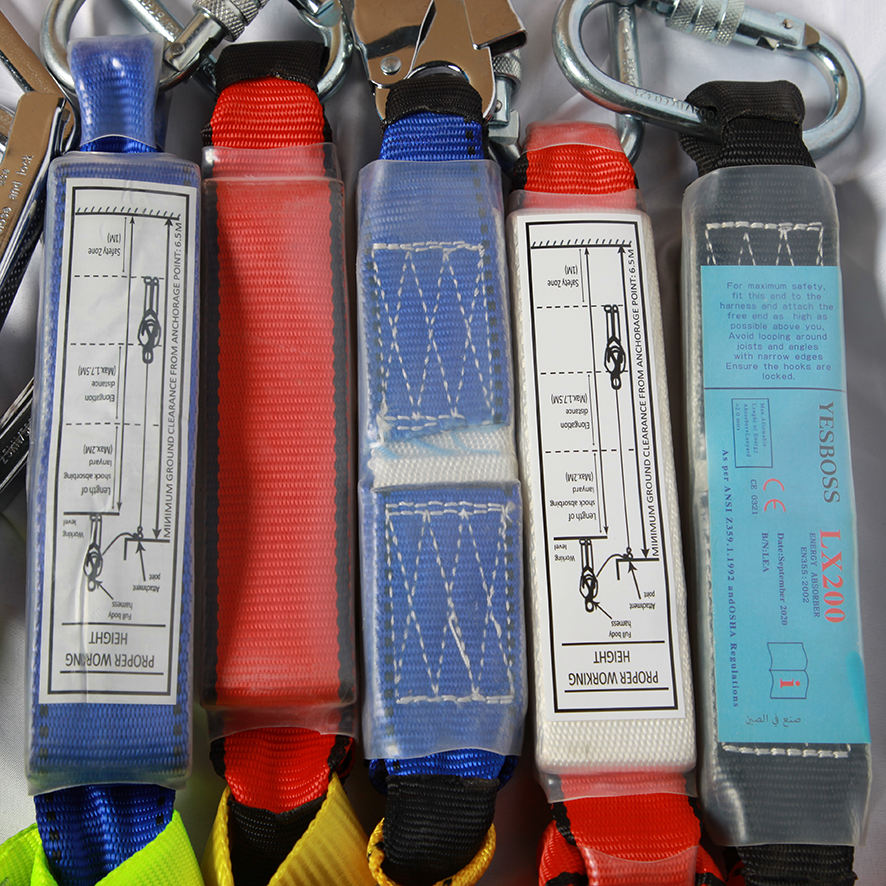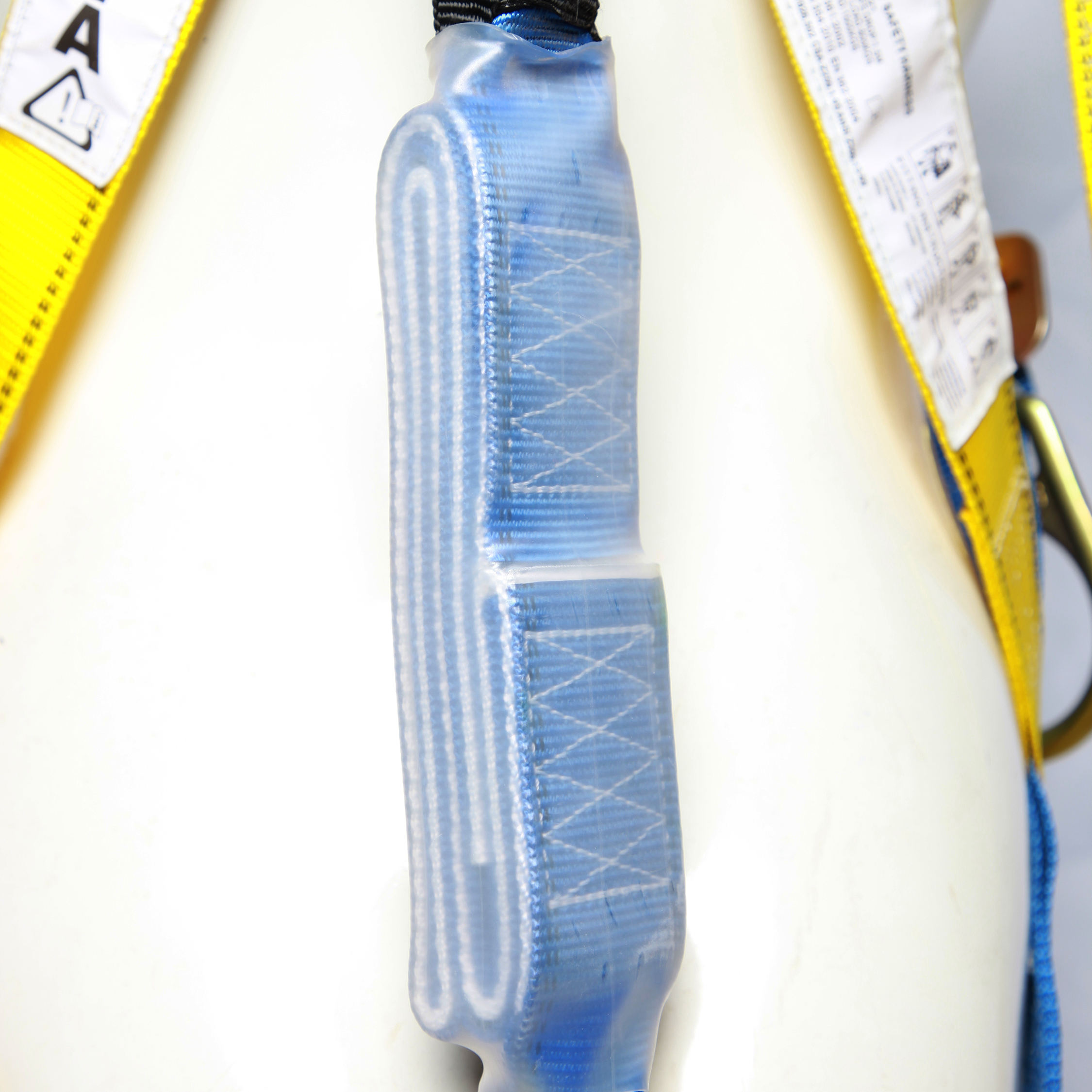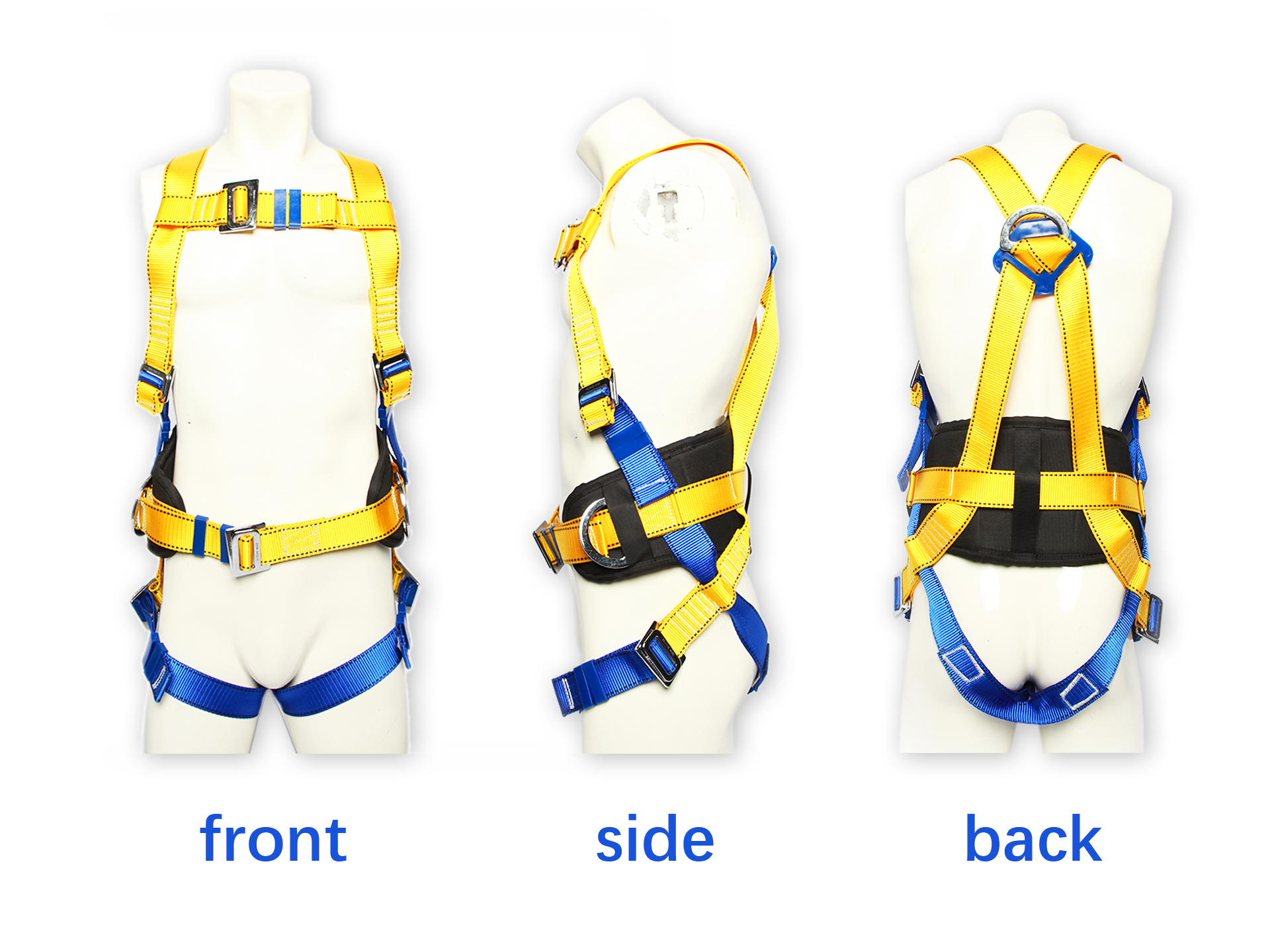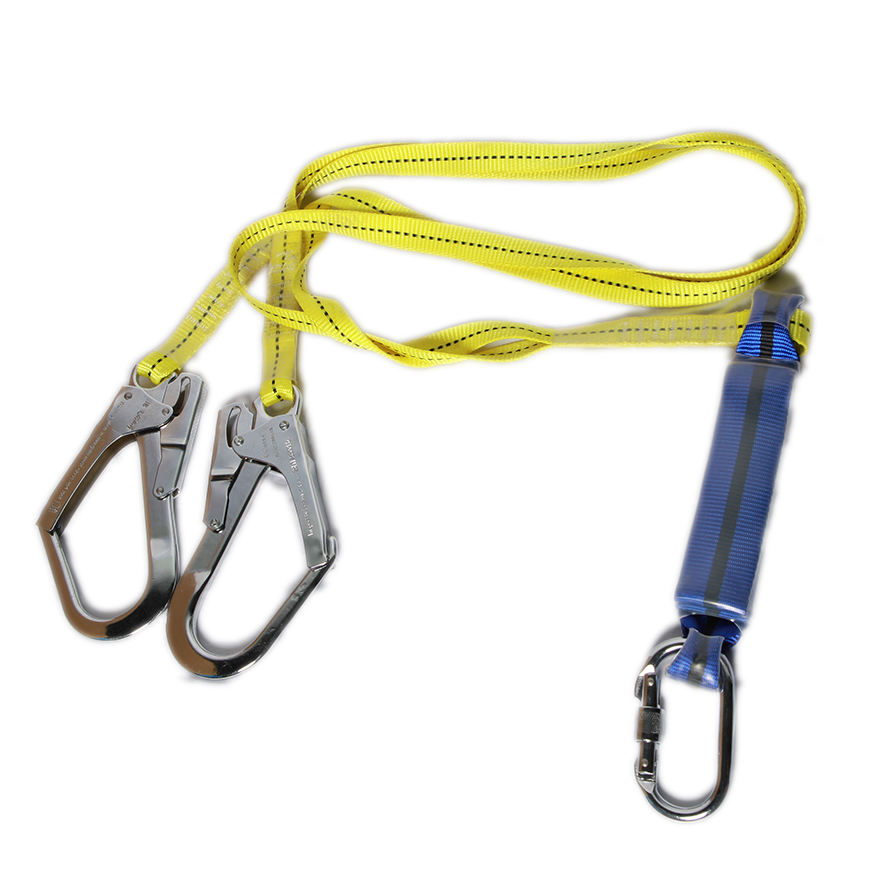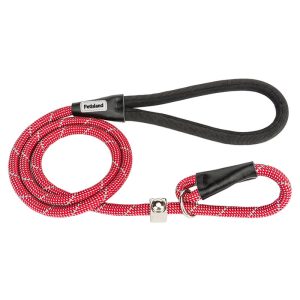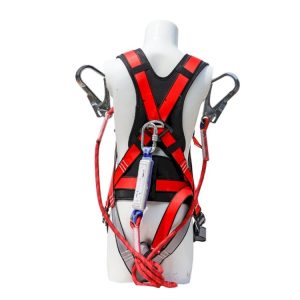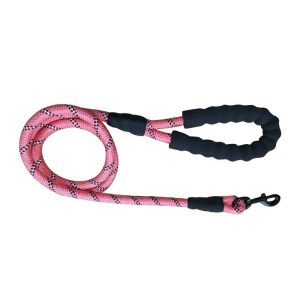Climbing webbing, a fundamental component in rock climbing and mountaineering, is a specialized material designed to ensure safety and reliability in vertical environments. Constructed from strong fibers like nylon or polyester, this flat and durable webbing serves as a critical link between climbers and anchors, harnesses, or protection devices.
The defining feature of climbing webbing is its incredible strength-to-weight ratio. It’s meticulously engineered to handle dynamic loads, provide secure anchoring, and absorb energy in case of falls. Climbing webbing comes in various widths and tensile strengths, catering to different types of climbing and scenarios.
Safety is paramount in climbing, and webbing undergoes rigorous testing to meet stringent standards. Whether used in slings, runners, or anchor systems, it must perform impeccably under stress.
Climbing webbing’s adaptability extends beyond protection—it can be used for constructing emergency harnesses, creating improvised stretcher systems, and more. Its packability and lightweight nature also make it an essential part of every climber’s gear.
In summary, climbing webbing’s exceptional strength, reliability, and adaptability make it a cornerstone of safe and successful rock climbing and mountaineering. It underscores the importance of gear that can be trusted in challenging vertical terrains.

